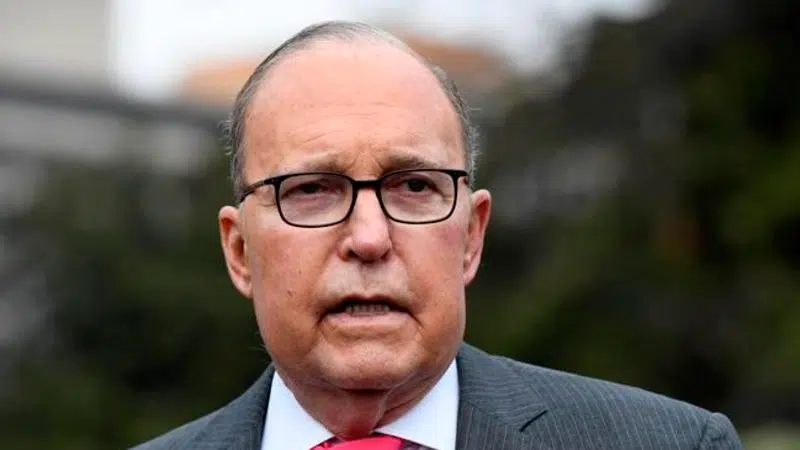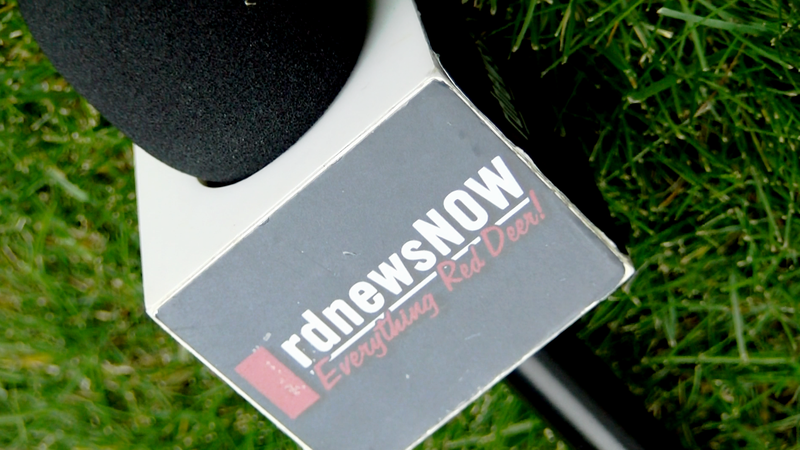
Kudlow calls for one-half point rate cut by Fed
WASHINGTON — A top Trump administration official on Friday called on the Federal Reserve to cut its key interest rate by a half-percentage point.
Larry Kudlow, head of the president’s National Economic Council, said in an interview with CNBC that the Fed should do more to help the economy by cutting rates. It signalled last week that it expected to keep rates unchanged for this entire year after raising its benchmark rate four times in 2018 to the current level of 2.25 per cent to 2.5 per cent.
Kudlow said his comment reflected the president’s views but he denied it was an effort to pressure the Fed, which was set up as an independent body to provide assurances to financial markets that its actions on rates would be free of political influence.


